There are eight major food allergens known as the “Big 8”, and I am here to tell you what they are, and why you should care. Maybe you have a food allergy, perhaps you are studying for your ServSafe food handlers test, or possibly you just have a thirst for knowledge, well you have come to the right place.
Alright, let’s dive deeper into the 8 major food allergens, as well as some of the highlights from the FALCPA.
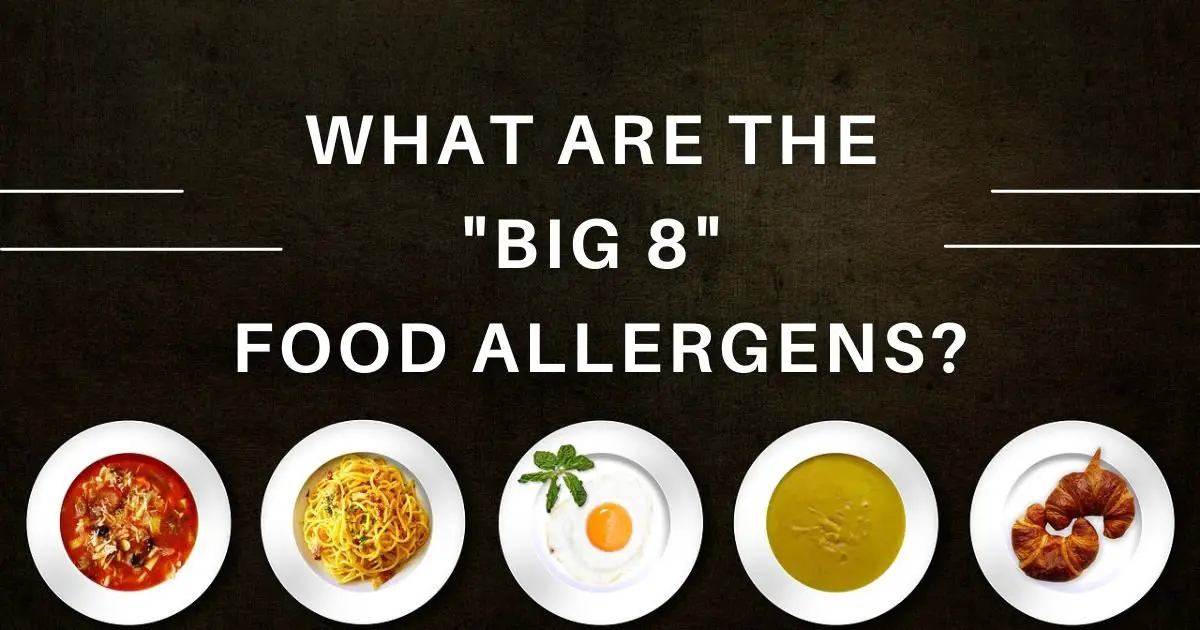
As an Amazon Associate, I earn from qualifying purchases
The Big 8 Allergens List
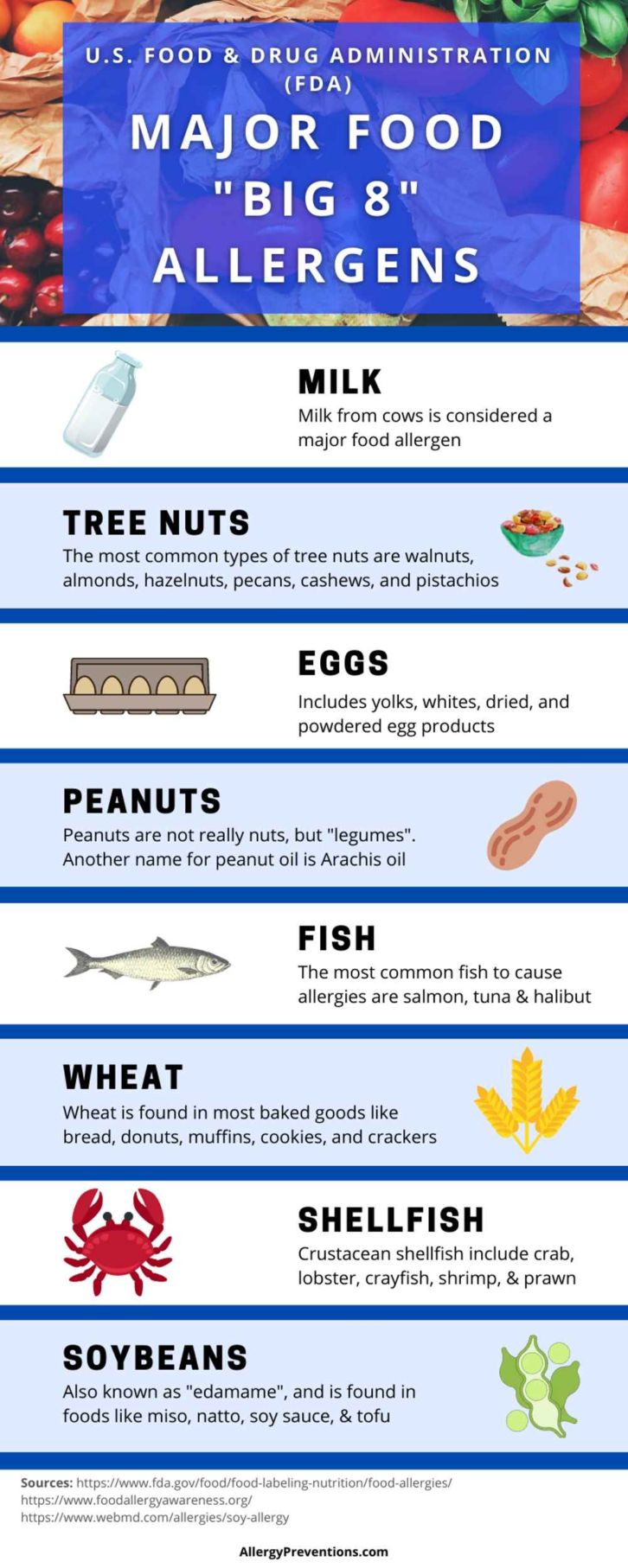
The “Big 8 Allergens” are the major food allergens identified in the Food Allergen Labeling and Consumer Protection Act of 2004 (FALCPA). Here is a list of the Big 8 food allergens:
- Milk
- Tree Nuts
- Eggs
- Peanuts
- Fish
- Wheat
- Crustacean Shellfish
- Soybeans
It’s important to note that individuals may be allergic to other foods beyond the “Big 8,” and that allergies can develop to any food at any time, even if it was previously tolerated. If you suspect that you have a food allergy, it’s important to consult with a healthcare provider for proper diagnosis and management.
Codex Big 8 Allergens International Food Standards
The Codex Alimentarius Commission is an international food standard organization with a slightly different definition of major allergens, specifically wheat. Instead of listing just wheat, they break it out further into “cereals containing gluten”.
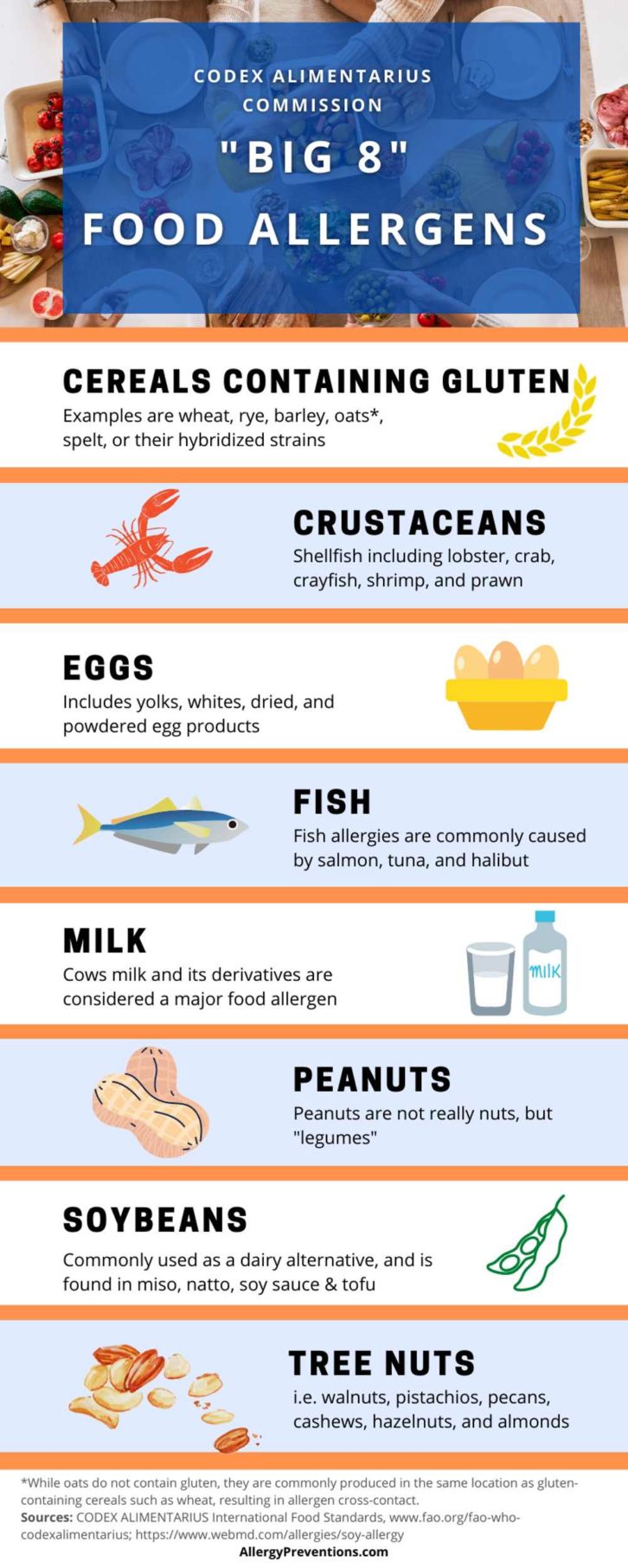
International Food Standards “Big 8” Allergens List:
- Cereals containing gluten (i.e. wheat, rye, barley, oats, spelt, or their hybridized strains)
- Crustaceans
- Eggs
- Fish
- Milk
- Peanuts
- Soybeans
- Tree Nuts
What is spelt grain?
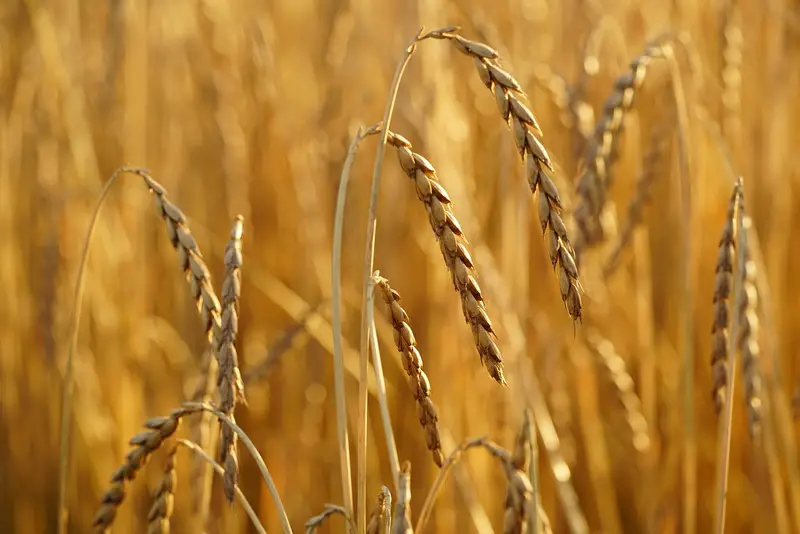
Spelt grain is considered a healthier alternative to wheat because it contains more protein, fiber, and minerals. It is also easier to digest for some people who have wheat sensitivities. Spelt flour can be used in many recipes in place of wheat flour, including bread, pasta, and baked goods.
Why You Should Care About Big 8 Food Allergens
There are many reasons why the government and private organizations focus on specifically these eight food allergens. Here are the major reasons as well as why you should care.
Food Allergy Prevalence
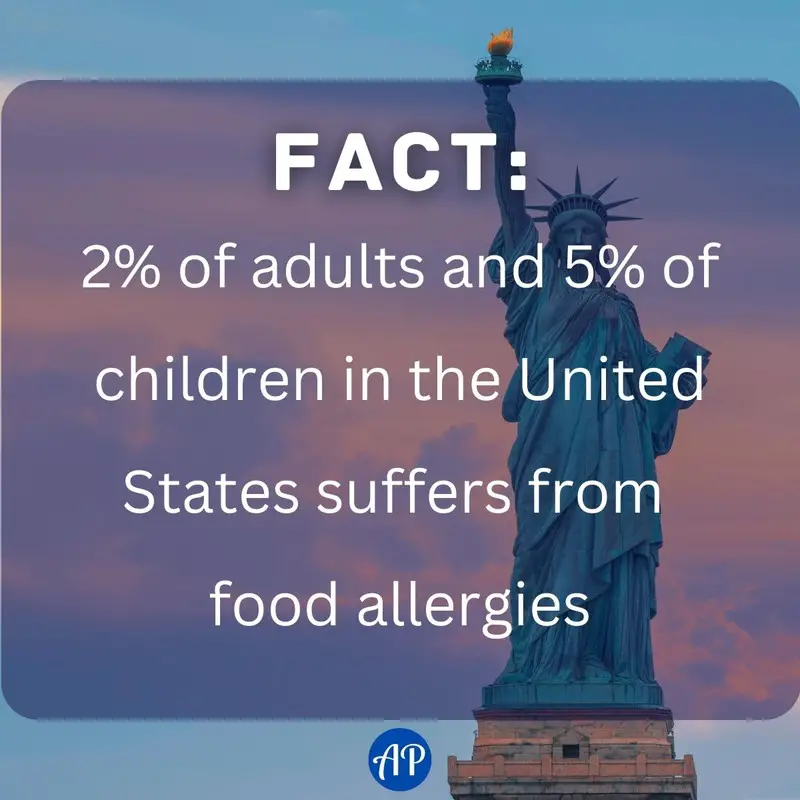
The U.S. Congress estimated that 2 percent of all adults and 5 percent of children in the United States suffer from food allergies. There is no cure for food allergies, and the only way to prevent a reaction is to avoid the allergen altogether.
Life-Threatening Food Allergy Reactions

Each year roughly 30,000 people need emergency medical treatment for food allergies, and roughly 150 people die from allergic reactions to food.
People with food allergies must be vigilant about reading food labels, asking questions at restaurants, and carrying emergency medication, such as an epinephrine auto-injector, in case of accidental exposure.
90% of Food Allergies Are From The Big 8
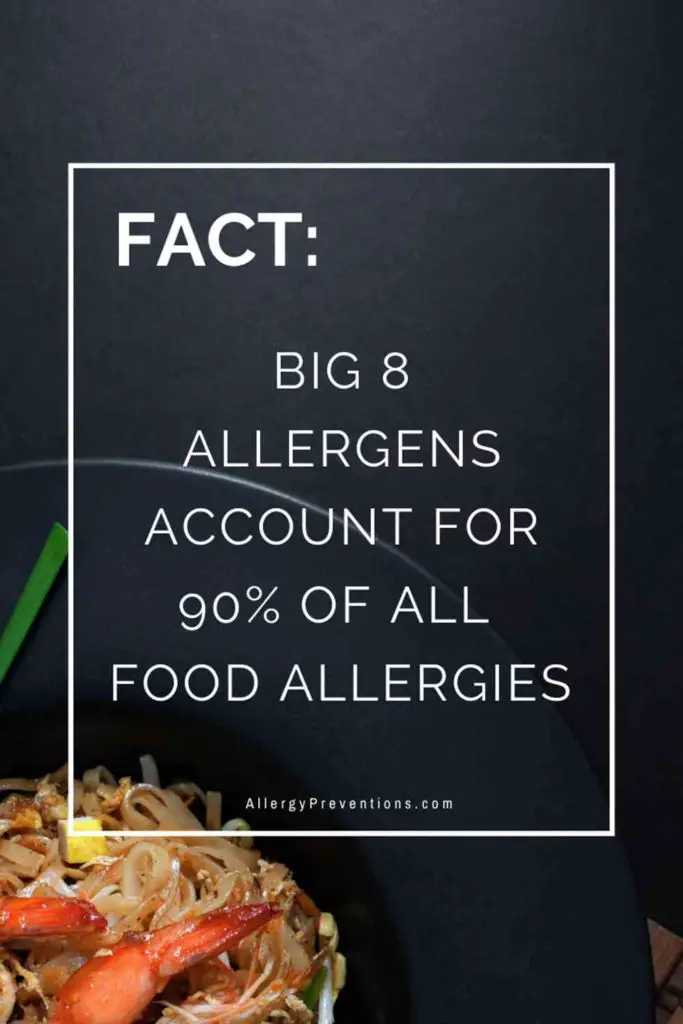
Researchers have found that the big 8 allergens (milk, eggs, fish, Crustacean shellfish, tree nuts, peanuts, wheat, and soybeans) account for 90% of all food allergies.
There is No Cure for Food Allergies

Currently, there is no cure for food allergies. While there are various treatments available to manage the symptoms of a food allergy, none of these treatments can completely eliminate the risk of an allergic reaction.
Research in the field of food allergies is ongoing, and while a cure may not yet be available, continued advancements in understanding the immune system and developing new treatments offer hope for the future.
What Are The Big 8 Allergens For Babies?

The big 8 allergens are no different for babies. Milk, tree nuts, eggs, peanuts, fish, wheat, crustacean shellfish, and soybeans are considered the most common food allergies regardless of your age.
It’s important to note that babies may be allergic to other foods beyond the “Big 8,” and that allergies can develop to any food at any time, even if it was previously tolerated. If you suspect that your baby has a food allergy, it’s important to consult with a healthcare provider for proper diagnosis and management.
Are The Big 8 Allergens Just In The U.S.?

The “Big 8” food allergens are not just limited to the United States. While the labeling requirements for allergens may differ by country, the eight most common food allergens are recognized globally as a major cause of food allergy reactions. In fact, many countries have their own regulations in place to require the labeling of allergens on food products, with many including the “Big 8” on their list of required allergens.
Food Allergen Labeling and Consumer Protection Act

The Food Allergen Labeling and Consumer Protection Act (FALCPA) of 2004 is a law in the United States that requires all packaged food products sold in the U.S. to clearly identify the presence of the “Big 8” allergens on the label. The law was enacted in response to the growing number of food allergy cases in the U.S. and the need to protect individuals with food allergies from potentially harmful exposure.
Under FALCPA, food manufacturers are required to list the presence of any of the eight major food allergens (milk, eggs, fish, shellfish, tree nuts, peanuts, wheat, and soybeans) on the product label, in plain language, even if the allergen is only present in trace amounts. This includes ingredients that may contain the allergen as well as any ingredients derived from the allergen.
FALCPA also requires that food labels identify if a food product was made on shared equipment with a food allergen, although it does not require manufacturers to warn consumers about the potential risk of cross-contact with allergens.
Highlights from the Food Allergen Labeling and Consumer Protection Act of 2004 (FALCPA)

Here are the most notable highlights from the 2004 FALCPA, there are a lot of good movements and discoveries with this Act:
- Rise of Food Recalls: Congress has found that in a 10-year span (1990-2000) food recalls due to unlabeled allergens rose roughly 245%.
- Concerns About Food Labels: Before the FALCPA, parents were unable to identify allergens by looking at the food labels, because the common or usual name was not used.
- Celiac Disease Recognized by Congress: Congress recognized that about 0.5 to 1 percent of the general population suffers from celiac disease, and the recommended treatment for celiac disease is to avoid gluten.
- Manufacturers Must Add Major Allergens to Food Labels: The FALCPA was amended to add that the word “contains” be added to the ingredients list label. Even if there is a major allergen hiding in a scientific name somewhere on the label, the company needs to make it clear that it contains the major allergen (i.e. Contains: Wheat)
- Manufacturers Cannot Hide Allergens in “Natural Flavors”: The FALCPA clarifies that if any sort of “natural flavors”, coloring, or additives contain one of the 8 allergens, the manufacturer must identify on the label that the food contains the specific major allergen.
- The Secretary of Health and Human Services Will Provide Us with Data: by improving the collection, and publishing of information as it becomes available on food allergy prevalence, incidence, treatment, and prevention.
Recommends Updates to the USDA Food Code
The FALCPA recommends that the USDA food code be revised to provide guidelines for preparing allergen-free foods in food establishments, restaurants, grocery stores, bakeries, schools, and cafeterias.
If you would like to read these highlights and additional information, you can download the full FALCPA pdf from the FDA website.
Is There A 9th Big Allergen?

Yes. 23 April 2021, the Food Allergy Safety, Treatment, Education, and Research (FASTER) Act was signed into law. This Act declares sesame as the 9th major food allergen. As of 01 January 2023, it is mandatory to update food labels with sesame as an allergen.
Check out this article next:
Are there allergy shots for food allergies?
What are your thoughts on the “Big 8” allergens? Let me know! Email: admin@allergypreventions.com
